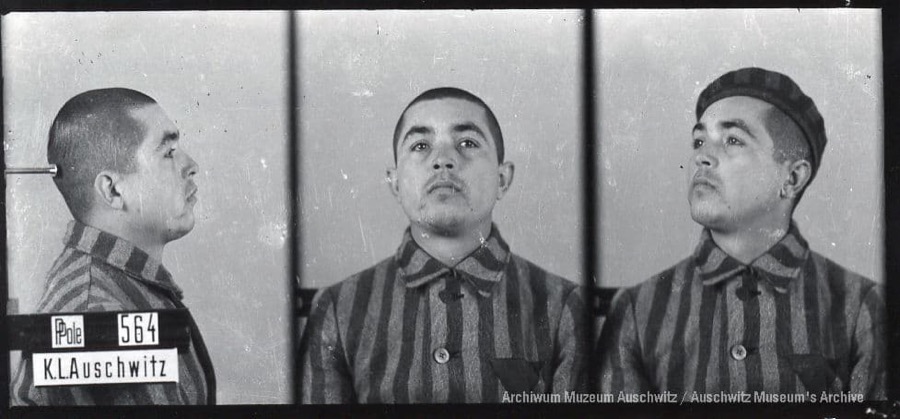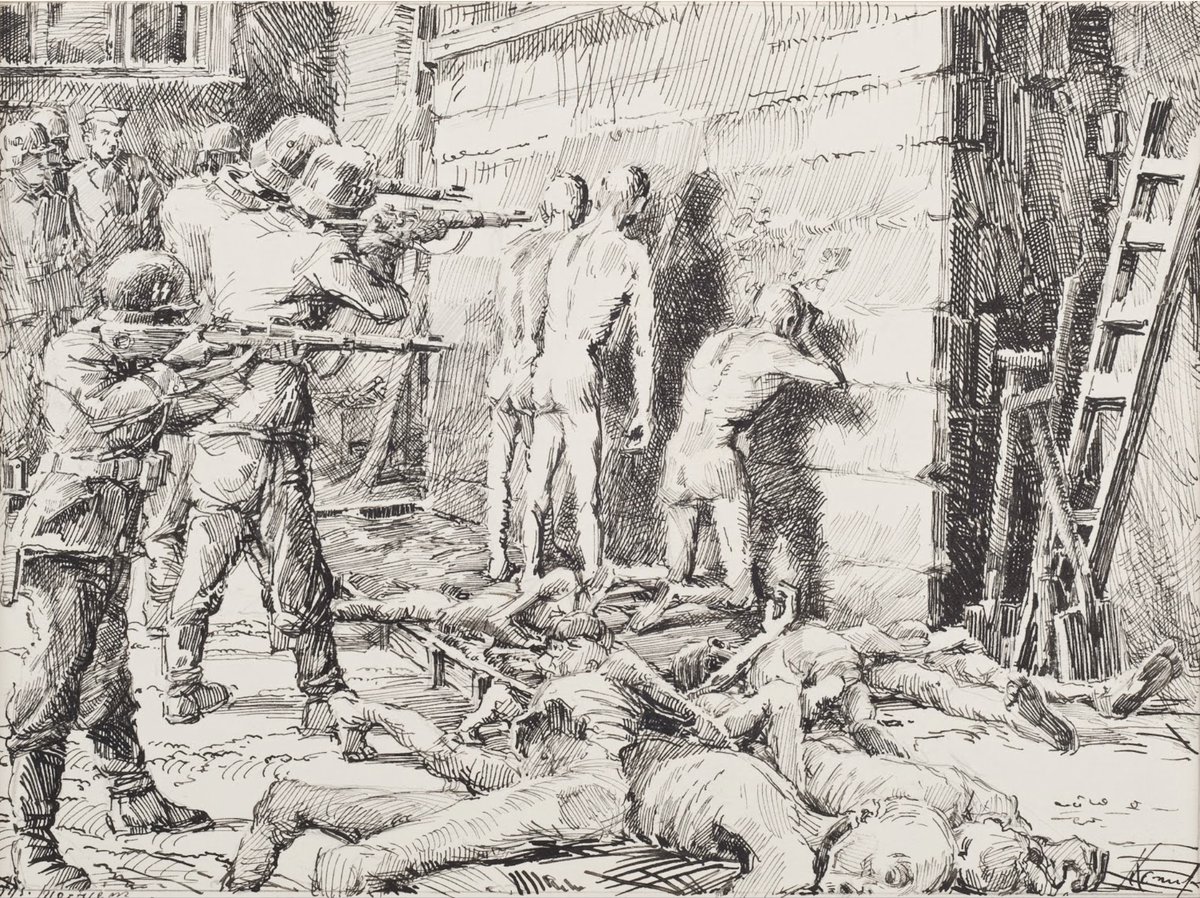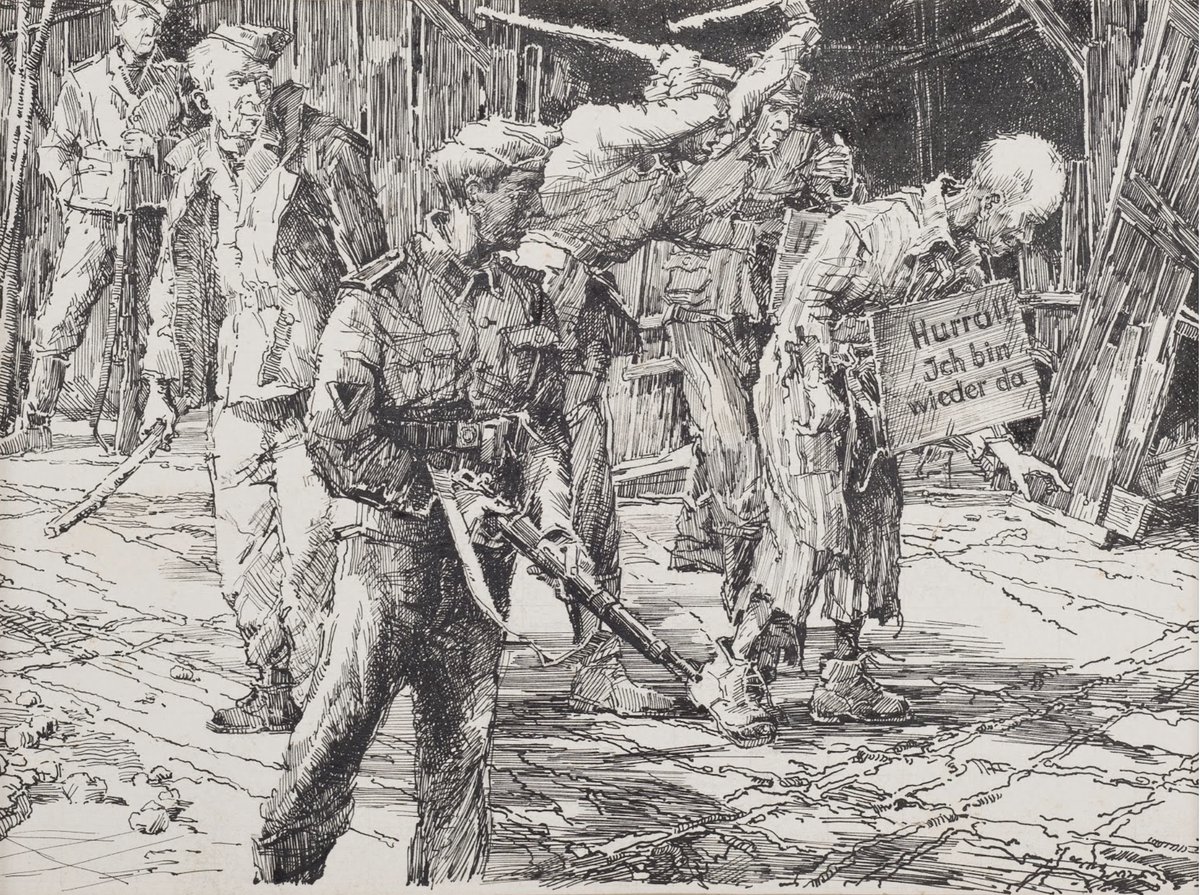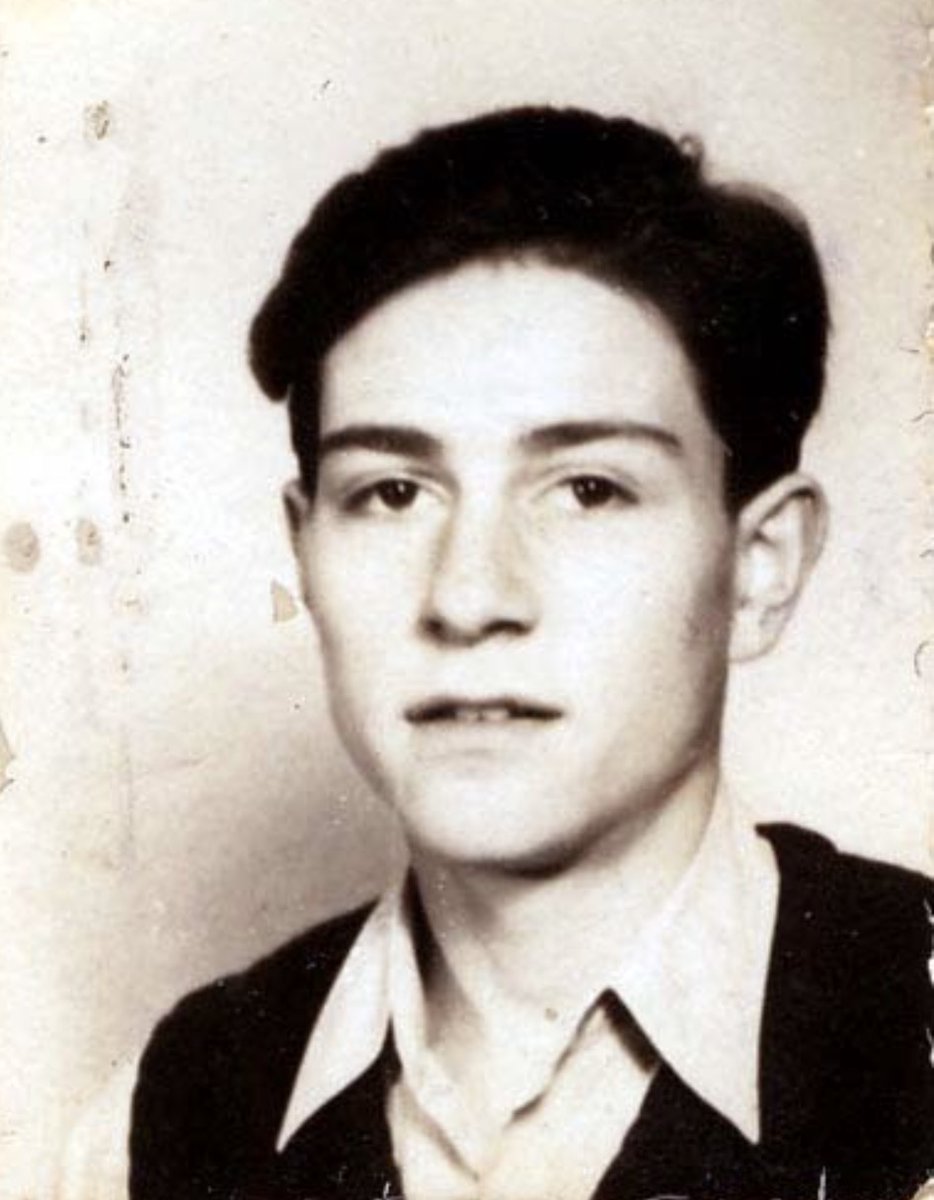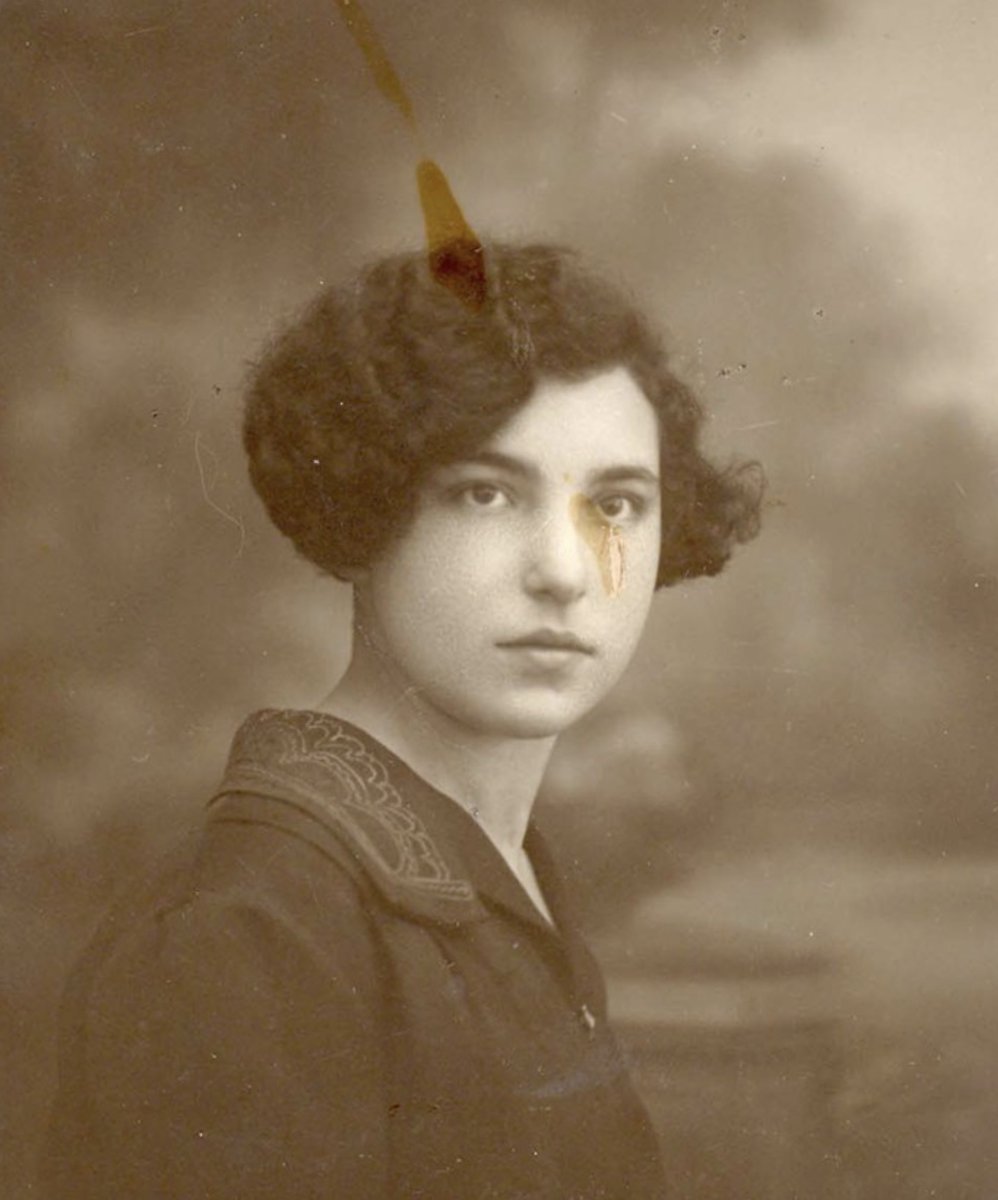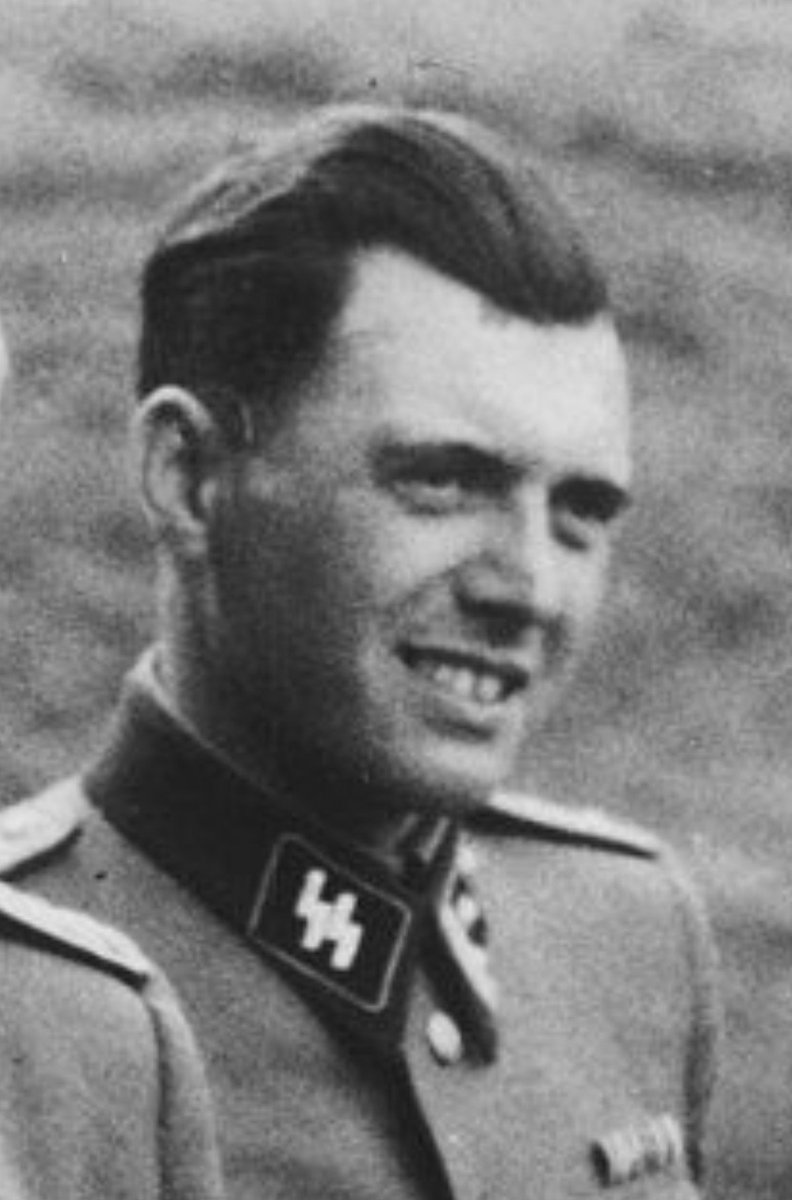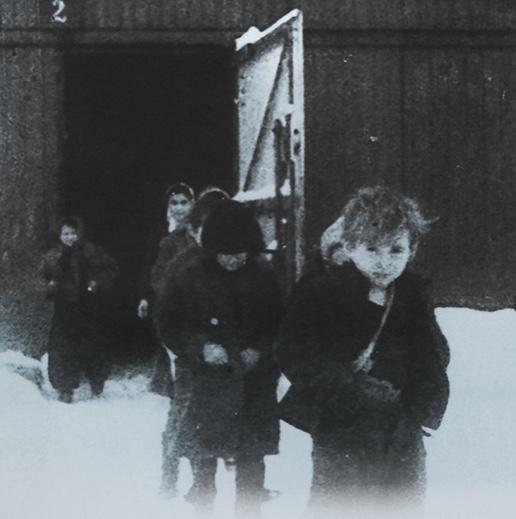
6 February 1943 | At 3:30 am a general roll-call ordered by the SS camp authorities started in the female camp at Auschwitz II-Birkenau. All the female prisoners were driven outside of the camp. Poorly dressed, with no food they stood on snow-covered land until 5 pm. 1/5
Return was ordered in running. Female guards & SS men stood at the gate and rushed the coming back prisoners with hits of their clubs. Those women who were not able to keep up, as well as those weak, sick & older were pulled from the ranks with a hook. 2/5
They were brought to Block 25, where they awaited transportation to the gas chambers. Block 25 at BIa sector of Birkenau camp (also known as the block of death) was called "waiting room for the gas". 3/5 

After chasing all prisoners to the camp a special group of the strongest women was formed and forced to collect all remaining corpses of women who had died under the blows of the SS and female guards during the roll call. The corpses were placed in the courtyard of block 25. 4/5 

During the roll call about 1,000 women perished.
See Block 25 in our virtial visit: panorama.auschwitz.org/tour2,7115,en.… 5/5
See Block 25 in our virtial visit: panorama.auschwitz.org/tour2,7115,en.… 5/5
• • •
Missing some Tweet in this thread? You can try to
force a refresh



